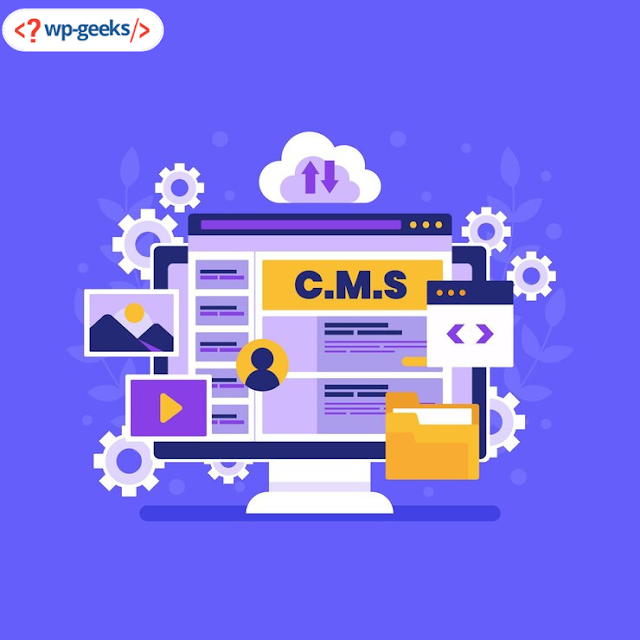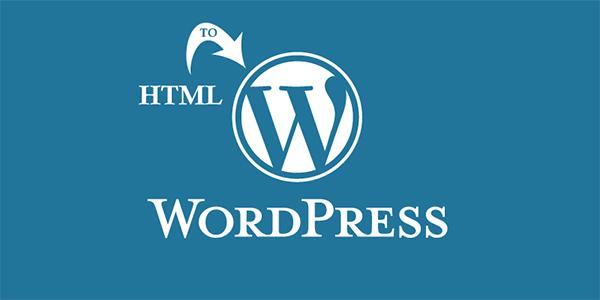How to Make Your Own Plugin: Complete Development Tutorial
Understanding WordPress Custom Plugin Development
What Is a WordPress Plugin?
A WordPress plugin is a piece of software that enhances and extends the functionality of a WordPress website. It allows you to tailor your site to your specific needs without altering the core code.
Getting Started with Plugin Development
In WordPress custom plugin development, hooks and actions play a pivotal role. Hooks serve as points within WordPress code to "hook into" function execution. Actions, as hooks, allow adding or modifying code at specific execution points in WordPress's sequence.
Action Hooks: These are triggered at specific times during WordPress's execution, allowing you to execute your custom functions. For instance, init is a common action hook used for initializing code.
Filter Hooks: Filters modify specific data before it's displayed or saved in the database. They allow you to change the behavior of functions. Examples include the_content and the_title.
Choosing the Right Tools
Selecting the appropriate tools can significantly streamline your plugin development process:
Code Editors: Use robust code editors like Visual Studio Code, Sublime Text, or PHPStorm for efficient coding with features such as syntax highlighting and auto-completion.
WordPress Plugin Boilerplate: Utilize the WordPress Plugin Boilerplate, a standardized, organized, and object-oriented foundation for plugin development that adheres to WordPress coding standards.
Debugging Tools: Employ tools like Debug Bar, Query Monitor, or Xdebug for debugging and optimizing your plugin’s performance.
Best Practices for Plugin Development
Implementing best practices ensures your plugin is secure, scalable, and user-friendly:
Follow WordPress Coding Standards: Adhere to the recommended coding practices outlined by WordPress to ensure compatibility and readability.
Secure Your Plugin: Sanitize and validate input data, escape output, and implement proper permission checks to prevent security vulnerabilities.
Document Your Code: Write clear and concise comments within your code to facilitate understanding and future maintenance by yourself or other developers.
Exploring Advanced Functionalities
As you advance in your plugin development journey, consider integrating more advanced functionalities:
Custom Post Types and Taxonomies: Extend WordPress by creating custom post types and taxonomies to organize and present different content types uniquely.
Creating Shortcodes and Widgets: Enhance user experience by developing shortcodes for content flexibility and widgets for sidebar customization.
Integration with External APIs: Connect your plugin with external services or APIs to extend its capabilities and provide dynamic content.
Migrating from Drupal to WordPress Theme
Why Migrate from Drupal to WordPress?
WordPress offers a user-friendly interface, a vast plugin library, and a supportive community, making it an ideal choice for many seeking enhanced functionality.
Steps for Drupal to WordPress Theme Migration
Backup Your Drupal Site: Secure a backup of your Drupal site’s content and database to prevent data loss during migration.
Setting Up WordPress: Install WordPress and choose a suitable theme that aligns with your Drupal site’s design.
Content Migration: Use plugins or manual methods to migrate content like posts, pages, images, and metadata from Drupal to WordPress.
Customizing WordPress Theme: Adjust the WordPress theme to match the design and layout of your previous Drupal site.
Testing and Optimization: Test the migrated site thoroughly to ensure everything works as expected and optimize for performance.
Additional Tips for a Smooth Migration
Plugin Selection:
Explore WordPress plugins specifically designed for migration purposes. Plugins like FG Drupal to WordPress or CMS2CMS can streamline the migration process by assisting in content transfer.
Retaining SEO Value:
Preserve your SEO ranking by setting up 301 redirects from old URLs to new ones. This ensures that search engines can seamlessly index your new WordPress site without affecting your rankings.
User Training and Familiarization:
If the migration results in a significant interface change for your content editors or users, consider providing training or documentation to help them adapt to the new WordPress environment.
Post-Migration Monitoring:
After the migration, closely monitor your WordPress site for any issues. Check for broken links, missing content, or functionality discrepancies, and address them promptly.
Engaging a Professional:
For complex migrations or if you're uncertain about the process, consider hiring a professional WordPress developer experienced in migrations. Their expertise can ensure a smoother transition without risking data loss or errors.
Conclusion
Developing a custom WordPress plugin and migrating from Drupal to WordPress theme can significantly enhance your website’s functionality and user experience. By following this comprehensive tutorial, you can create tailored plugins and seamlessly transition your site from Drupal to WordPress, tapping into the extensive features and flexibility WordPress offers for themes and customization.

Comments
Post a Comment